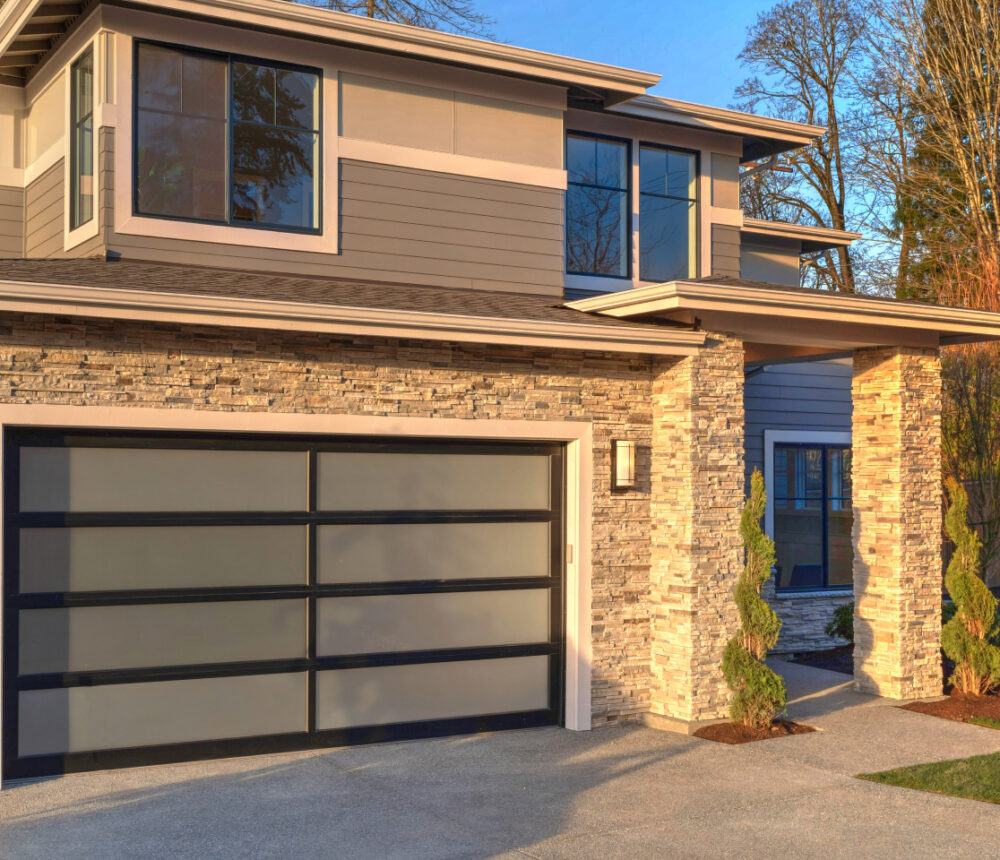Garage doors are more than just a gateway to your home; they serve as a protective barrier for your vehicle, belongings, and even your family.
In the hustle and bustle of daily life, the significance of a well-functioning garage door can often be overlooked.
Regular maintenance is critical not only to ensure the longevity of your garage door but also to keep it working optimally.
Ignoring this crucial aspect can lead to an array of problems, ranging from minor inconveniences to significant safety hazards.
The Consequences of Neglecting Garage Door Maintenance
Safety Risks
Neglecting garage door maintenance poses an array of safety concerns that should not be underestimated.
For instance, worn-out springs or faulty sensors could result in the door unexpectedly crashing down, posing a risk of injury to you or your loved ones.
Additionally, a poorly maintained garage door can compromise the security of your home, making it easier for burglars to gain access.
Security is of paramount importance, and a well-maintained garage door plays an essential role in keeping your home safe.
Increased Costs
Ignoring the upkeep of your garage door can also lead to a surge in costs over the long term. Minor issues can escalate into significant problems, necessitating costly repairs or even complete replacements.
The longevity of your garage door diminishes with every skipped maintenance session, forcing you to spend more than you would have if you had carried out regular checks and minor repairs.
Inconvenience
A malfunctioning garage door can be a source of tremendous inconvenience.
Whether it’s struggling to get your car out in the morning or not being able to securely close the door at night, operational issues can disrupt your daily routine.
Moreover, emergency repairs can be time-consuming, leaving you stranded when you can least afford to be.
Components of a Garage Door that Require Regular Maintenance
Springs
The springs are a vital component in the lifting mechanism of your garage door. It’s important to ensure that they maintain the correct tension and are not showing signs of wear and tear.
An imbalance in tension can cause uneven lifting and potentially damage other components.
Regularly inspect the springs for rust, brittleness, or any other signs of deterioration, and consider replacing them every few years for optimal performance.
Tracks and Rollers
The tracks and rollers must be properly aligned for your garage door to operate smoothly.
Any misalignment can cause the door to jam or run off its tracks. Furthermore, these parts require regular lubrication to reduce friction and wear.
Applying a high-quality lubricant every few months can help prolong the life of these components and ensure that your garage door operates seamlessly.
Openers
Garage door openers are not only about convenience but also about safety. Modern openers come with a safety reversal feature, which is essential for preventing accidents.
This feature should be checked periodically to ensure it’s functioning as it should. Also, the general operational efficiency of the opener should be monitored.
Any irregular sounds or erratic movements are usually signs that it needs some attention.
Weather Sealing
Weatherstripping serves as a barrier against external elements, helping to maintain the internal environment of your garage.
Over time, this sealing can wear out, leading to increased energy costs as your heating or cooling systems work harder to maintain a stable temperature.
Regular checks of the weather stripping and prompt replacements can result in both functional and economic benefits.
Frequency of Maintenance
General upkeep should be conducted every few months to ensure that all parts are in good condition. This includes tightening any loose bolts, lubricating moving parts, and carrying out a visual inspection for signs of wear and tear.
For a more thorough evaluation, it’s recommended to have an annual check conducted by professionals. They can identify hidden issues and perform complex adjustments, ensuring your garage door remains in prime condition.
How to Conduct Basic Maintenance Yourself
Visual Inspection
Conducting a visual inspection of your garage door is something you can easily do yourself. Make it a habit to check for any signs of rust, fraying cables, or other visible wear and tear at least once a month.
Take note of any irregular sounds or movements when the door is in operation, as these can be indicators of underlying issues that need attention.
Lubrication
Another task you can undertake is the lubrication of moving parts like springs, tracks, and rollers. Using a silicone-based lubricant is generally recommended.
Make sure to clean the parts before applying the lubricant to remove any grit or debris, as this can cause further wear.
When to Call in the Professionals
While DIY maintenance is beneficial, there are instances when it’s prudent to call in the experts.
Complex issues like replacing the springs, recalibrating the opener, or aligning the tracks are tasks that require specialized tools and expertise.
Likewise, if you notice persistent operational issues or sounds that you can’t identify, it’s advisable to have a professional assessment.
Conclusion
In summary, regular maintenance of your garage door is non-negotiable if you aim for long-term functionality and safety. A well-maintained garage door is not only more reliable but also significantly safer, helping you avoid unnecessary risks and costs.
Although some maintenance tasks can be carried out without professional help, knowing when to call in the experts is equally important. A bit of effort in maintaining your garage door can go a long way in ensuring that it serves you well for years to come.

